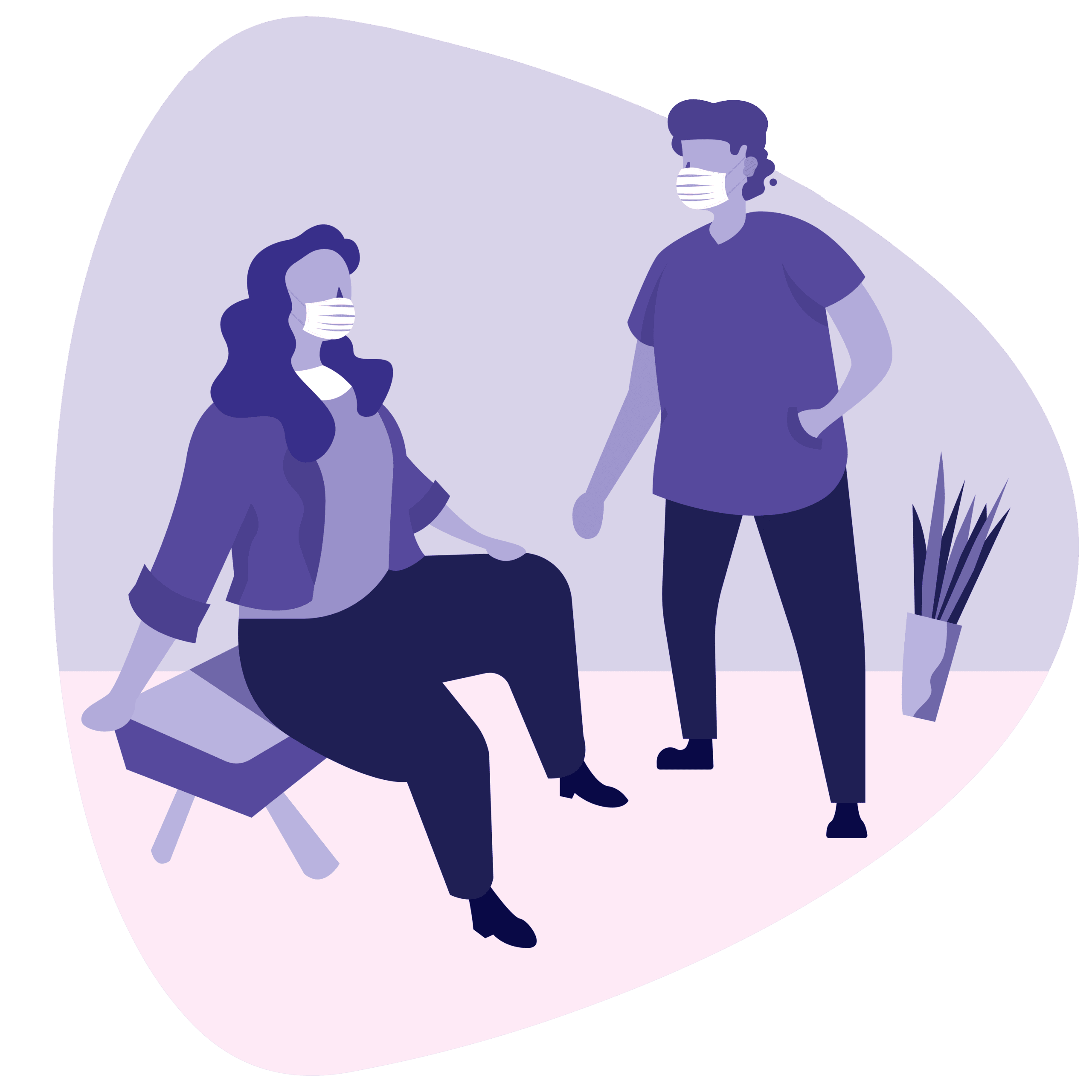The COVID-19 pandemic has left a seismic impact on the hearts and minds of people across the world — whether through job loss, the grief of losing a loved one, difficulty paying bills, or trouble finding quality healthcare.
In tandem with these experiences, the state of mental health has plummeted. According to data published by The Lancet, 76 million people have reported pandemic-related anxiety, a number that increased by 26 percent between 2019 and 2020.
As the pandemic continues, we’re pausing to look back at the unique experiences of different populations across the country, the long-term effects on mental health, and how to help decrease the impact of COVID-19.
Long-term effects on families, rural Americans, and underserved populations
The COVID-19 pandemic has affected everyone differently and has been particularly challenging for families, Americans in rural parts of the country, and underserved populations.
Families and children
For families, the pandemic transformed daily life. Social determinants of health have been exacerbated, and paying bills has gotten harder. In fact, The Commonwealth Fund reported that 7.7 million workers lost their employer-sponsored health insurance (ESI) jobs due to the pandemic-induced recession. This loss also affected 6.9 million dependents across the country.
Additionally, nearly 93% of school-aged children were engaged in distance learning, creating changes and new dynamics in the home. Today, as kids transition from a more controlled, virtual environment to one that’s in-person with more people, noise, and different expectations, it may trigger separation anxiety or underlying fears that could potentially impact their development.
The compounding stress has been so significant that the American Academy of Pediatrics, alongside the Academy of Child and Adolescent Psychiatry and the Children’s Hospital Association, recently declared a national state of emergency in children’s mental health.
Rural America
During the pandemic, 30% of rural Americans reported suffering from anxiety or depression. While finding care can prove challenging, many rural Americans turned to telehealth. In fact, 43% say they have used telehealth for mental health and/or substance use treatment services once a month or more over the past year.
Telepsychiatry works to reach people to get them the right care when and where they need it. For healthcare organizations located in rural areas looking to impact their communities and improve their services in the wake of COVID-19, telepsychiatry can make a real difference in the short and long term.
Underserved Populations
The impact COVID-19 had on underserved populations was especially hard. A survey by The Commonwealth Fund found that Latino and Black people, women, and people with low income are most at risk of mental health concerns because of the pandemic.
The COVID-19 pandemic has underscored the need for health equity. By making mental healthcare more accessible and equipping communities with the right mental health resources, these populations will have the care they need throughout and after the pandemic.
Provider shortages and increased need
Healthcare organizations were hit hard throughout the pandemic, further exacerbating the pre-existing psychiatrist shortage and causing people to delay mental and medical care. At the height of the pandemic, 1 in 5 adults in the U.S. reported they could not get care or delayed care for serious problems, and 57% reported negative consequences. Additionally, a report by the Kaiser Family Foundation (KFF) found that the pandemic and the economic recession created new barriers for those experiencing mental health conditions. In a July 2020 poll, KFF reported specific negative impacts on adults:
- 36% had difficulty sleeping
- 32% had difficulty eating
- 12% experienced an increase in alcohol consumption or substance use
- 12% experienced worsening chronic conditions due to worry and stress
While there’s mounting pressure on healthcare organizations, there are steps they can take to help relieve shortages and empower patients and providers.
Solutions for healthcare organizations
This lack of access to care for both mental and physical health throughout the pandemic decreased overall wellness. So, what can healthcare organizations and providers do to help set their patients up for success? There are three solutions every organization should consider.
1. Incorporate an integrated care program
Conditions like generalized anxiety disorder, social anxiety, agoraphobia, and more have been exacerbated. When mental health goes untreated, certain medical conditions can worsen over time. The Centers for Disease Control and Prevention (CDC) calls mental and physical health equal components of overall health.
That’s where integrated care programs come in. These programs can play a significant role in helping hospitals, health systems, Federally Qualified Health Centers, and Community Health Centers recover from the pandemic. This convergence of medical and behavioral health facilitates true collaboration between providers, offers patients the best possible care, and mitigates downstream medical costs.
2. Invest in telepsychiatry
As the demand for care increases due to unmet needs, staffing up healthcare organizations with telepsychiatry solutions can help hospitals keep up with demand, support providers, and provide high-quality care to patients. This solution is beneficial for patients in need of specialty care who may not have time to sit on a waiting list or in an emergency room.
By incorporating this solution, hospitals will have a specialist on call 24/7 in the emergency department to consult with inpatient services or support outpatient services to drive better outcomes. Telepsychiatry makes it possible for people to get the care they need when they need it.
3. Ask questions
When providers take the time to ask people how they are and how COVID has affected their lives, it can open up critical communication channels that can ultimately help your organization better serve your patients. For example, if a patient is experiencing food insecurity, providers can point them toward a food bank. Or, if they need to get tested for COVID but don’t know where to go, your organization can help them find a testing location. Asking the right questions can reveal core issues, reduce stress, and encourage connection.
Healing long-term effects through self-care and awareness
Stress can take a toll on us all. For providers who are already dealing with high rates of burnout, it’s imperative to set aside time for self-care. Incorporating lifestyle medicine principles into your life can help heal long-term physical and mental effects. The pillars of this solution include staying hydrated, eating nutritious foods, exercising, getting adequate sleep, limiting substance use, and emphasizing social connectedness.
Taking care of your mental health and turning your awareness towards self-care can make a big difference in helping heal the long-term effects of the COVID-19 pandemic.
Where Iris Telehealth fits in
If you’re looking to incorporate telepsychiatry into your organization but don’t know where to start, Iris Telehealth is here to help. Together, we can help your organization combat the long-term effects of the COVID-19 pandemic. Contact us today!



